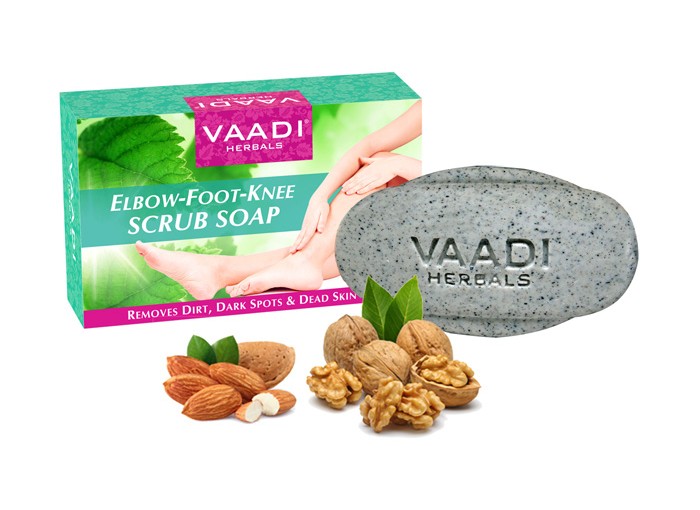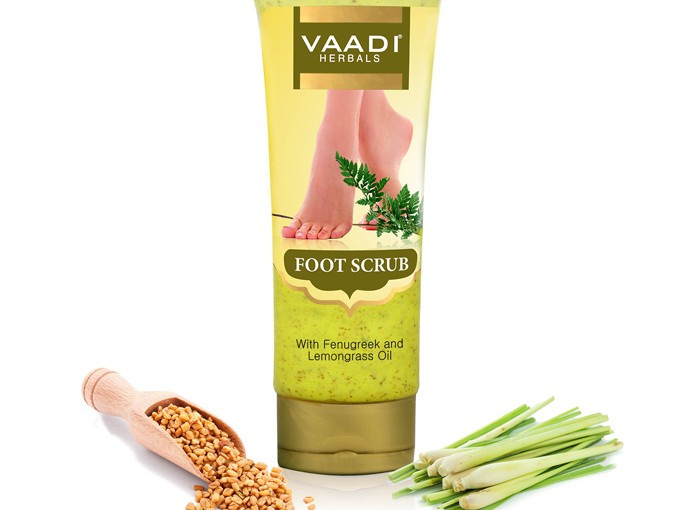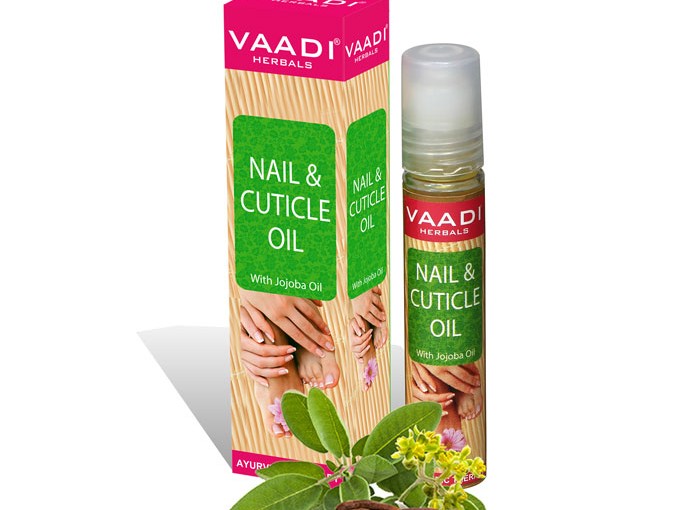Directions for use
Gently rub the soap on your feet, knees and elbows in slow circular motion. Let the scrubs remove the dead cells and dirt. Rinse off with water.
What is the importance of scrubbing?
The biggest misconception people have is that scrubbing is just meant for the face. Elbows, Knees and Feet are often neglected and kept out of the skin care regime. Dirt gets accumulated and dead skin’s layers end up making our feet look shabby, dark and ugly. Elbows and Knees darken in comparison to the skin tone. Hence, it is highly important to scrub them once a while so as to unveil beautiful feet, elbows and knees.
You won’t have to hide your feet in those shoes or wear full-sleeved clothes to hide your elbows.
The right ingredients are necessary to remove those dead cell layers and provide skin with essential nutrients and moisturize it. Be it oily or dry skin type, scrubbing is important for everyone.
How do scrubs help in exfoliation and beautification?
Scrubs have the following benefits:
Removal of Accumulated dead skin cells
Skin becomes soft and supple.
Dull, Dry skin glows after scrubbing.
Skin tanning caused due to excessive exposure to sunlight. Regular scrubbing may remove skin tan.
Moisturizes skin and improves the skin quality.
Removes blackheads, pigmentation, dry patches and prevents skin outbreaks. Keeps away boils that are caused by dirt and germs.
Why is Pedicure necessary?
A good pedicure treatment in a salon is expensive. However, it cannot be neglected as the feet need pampering and scrubbing as they are always on ground and trap dirt, get tanned in sun and are the most neglected.
With Vaadi’s Elbow-Foot-Knee Scrub Soap, pedicure is not such a task anymore. All one needs is a warm water and scrub soap to exfoliate the feet and also sensitive areas like elbows and knees. After a regular usage of this soap, a visible difference is seen as the skin is few tones lighter and even tanning can be reduced through this easy treatment at home. Regular exfoliation with the scrub soap will not let dead skin accumulate hence diffusing chances of boils, infections, pigmentation or skin darkening. An easy home pedicure is all it takes to beautify the appearance of feet. Also, elbows and knees too get the necessary attention and care.
How do Wanuts & Almonds exfoliate the skin and impart glow?
Fine granulated almonds and walnuts are carefully mixed. The particles are miniscule so that they do not hurt the skin and help in cleaning off the dead cells from the epidermal layer of the skin.
Regulating blood flow & skin polishing: The scrub contains almond particles combined with walnut essential particles which when rubbed on the skin automatically polishes and gives skin a natural silky shine. The particles regulate the production of elements which diminishes the harmful toxins which progresses the normal oil secretion process of the skin.
Excellent exfoliation & moisturizing: Almonds & walnut scrub is very efficient for skin care in a way that it gently exfoliates the skin, removes the accumulated dust particles in the layers of the skin thereby moisturizing the skin.
The goodness of Vitamins: Almond particles are rich in the vitamin content making them a natural anti-oxidant. The essential almond oil is easily absorbed in the skin thereby providing a quick relief to all the skin damage caused by irregular eruptions, dirt and the UV rays of the sun. Walnuts are rich in Vitamin E which benefits skin in natural ways that skin glows with health. Wrinkling of the skin slows down and a healthy glow is imparted.












